
Rapid Southwest Rewards Plus Credit Card Review: Everything You Need to Know

What Is an Expert Network?
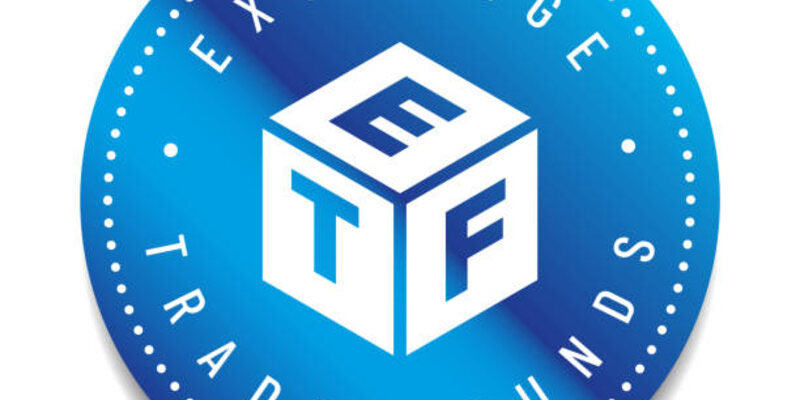
The Basics of an Actively Managed ETF

Deciding on a Personal Loan: A Student's Guide
How to Read a Consumer Credit Report
Oct 27, 2024 By Kelly Walker
Are you interested in learning how to read a consumer credit report? Do you have questions about what information is included on a credit report and why lenders and other financial institutions need to review it?
Understanding the basics of a credit report can be crucial for establishing healthy, long-term financial habits. In this blog post, we will discuss what key elements are included in your consumer credit report and uncover some tips that will help take your understanding from novice to expert level!
What is a credit report?
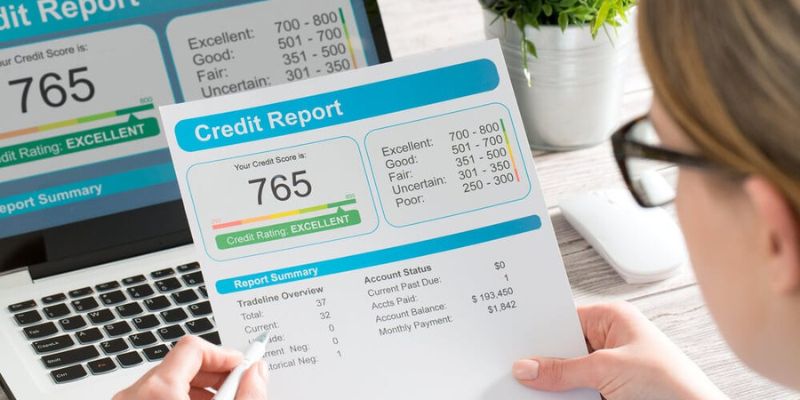
A credit report is a comprehensive document that outlines your financial history, including information regarding loan agreements, payment history, and any accounts in collections. It’s compiled by the three major credit bureaus (Equifax, Experian, and TransUnion) and provides lenders with an overview of your borrowing habits.
When you apply for a loan or other type of credit, lenders will order a copy of your credit report from one or more reporting agencies and use that information to determine whether or not you’re eligible for financing.
Your credit report can also reveal potential issues with identity theft and any fraud-related activity, such as unauthorized account openings. For this reason, it’s important to review your credit report frequently for any inaccuracies or suspicious activity.
What Is a Consumer Credit Report?
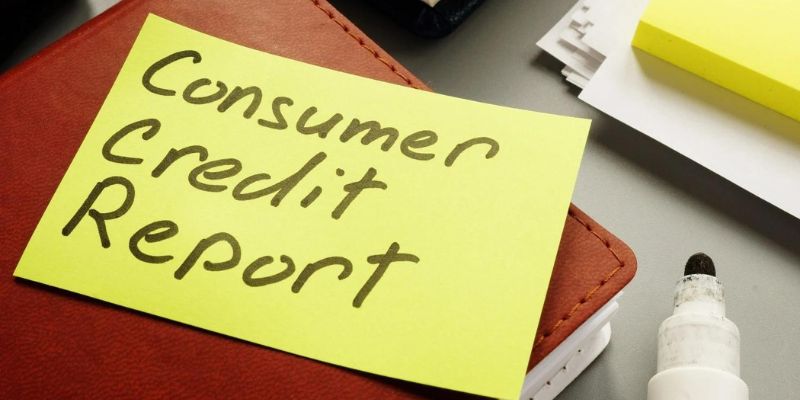
A consumer credit report is a summary of your personal financial history. It includes details about how you have borrowed and paid back money over time, such as the type of credit used (credit cards, car loans, student loans), the amount owed, payment timelines, and any late payments or delinquencies.
Credit reports are issued by one of three major credit bureaus—Equifax, Experian, and TransUnion—and lenders use them to assess your level of risk as a borrower.
Your credit report can be broken down into several key elements:
Information on Open Accounts - This section includes information on accounts currently open and being used (e.g., current loan balances).
Account History - Your payment history is crucial in determining your creditworthiness. This section will list late payments, delinquencies, and other significant events such as bankruptcies and foreclosures.
Public Records - If you’ve been involved in any legal proceedings that have resulted in judgments or liens against you, they will be listed here.
Credit Inquiries - Every time you apply for credit, the lender will inquire into your credit report to evaluate your risk factors. These inquiries are listed on your report and can affect your score if there are fewer of them in a short amount of time.
Credit Scores – Credit scores use the information from your report to create a numerical representation of your creditworthiness. A higher score indicates a lower risk of defaulting on payments, while a lower score indicates a greater risk.
The Different Types of Credit Reports
Credit reports are divided into three basic types: the Experian Credit Report, the Equifax Credit Report, and the TransUnion Credit Report.
Experian Credit Report
The Experian credit report is a comprehensive review of your credit history. It includes all the information about how you use credit, such as how long you’ve had accounts, how many accounts you have open, and whether you’ve paid accounts on time.
It also includes information about your past loan applications and other public records.
Equifax Credit Report
The Equifax credit report is different from the Experian credit report in that it focuses more heavily on data related to mortgages and other large loans rather than personal credit cards and small loans.
This means it will give lenders a better idea of your overall financial picture since it looks at larger amounts of debt more closely than the Experian credit report.
TransUnion Credit Report
The TransUnion credit report is similar to the Experian credit report in that it contains key elements such as payment history and account balances.
However, the TransUnion credit report is more comprehensive than the Experian report in that it will include additional information such as past bankruptcies, judgments, liens, and other public records.
What Information Is Included on a Credit Report?
Your credit report contains key information lenders use to evaluate your risk when considering you for a loan or other financial product. Here are some of the key elements included on each consumer credit report:
1. Personal Information: This includes your name, address, Social Security number, and date of birth, all of which help verify your identity.
2. Payment History: This section shows whether or not you’ve made payments on time in the past. It also includes any late payments, bankruptcies, or other negative marks that could affect your credit score.
3. Open Accounts: This section shows all your accounts with lenders. It includes information such as how long you’ve had the account and your available credit limit.
4. Closed Accounts: This section shows accounts that were closed in the past but still appear on your report. These will appear even if they’re no longer active, so paying attention to this section when reviewing your credit report for accuracy and completeness is important.
5. Credit Inquiries: The inquiries section details when a lender requests access to review your credit report. This includes requests from lenders when you apply for a loan or other type of credit product.
Obtaining a Copy of Your Credit Report
It’s important to note that all consumers are entitled to a free copy of their credit report each year. This can be obtained through one of the three major credit bureaus: Equifax, Experian, and TransUnion.
Regardless of your chosen agency, they will provide information on your current accounts (such as mortgages or student loans), payment history, potential debt collections, and other financial factors like bankruptcies.
Reviewing Your Credit Report for Errors
Reviewing your credit report for any inaccuracies or errors is a good idea. While the credit bureaus strive to ensure accuracy, mistakes happen, and incorrect information can be reported on your account. If you find any errors, you must reach out to the credit bureau immediately to have them corrected.
Monitoring Your Credit Score
Your consumer credit report also includes your most recent FICO score – a three-digit number ranging from 300 (lowest) to 850 (highest). Lenders and other financial institutions use this number as an indication of how reliable you are when it comes to repaying debts.
The higher the FICO score, the greater your chance of getting approved for a loan or credit card. As such, monitoring your score and making changes to improve it, if necessary, is important.
It can also be beneficial to regularly review the key elements included in the report – such as your payment history, total amount owed, credit mix (types of loans), and average account age – so you can identify areas where improvements may need to be made.
Taking steps such as increasing your savings or paying down debts could help boost your FICO score over time and increase your chances of being approved for financial products in the future.
Protecting Your Credit Report from Fraud
Your consumer credit report should also contain information about any fraud or identity theft that has been reported. Reviewing this information and looking for any red flags that could indicate a problem is important.
If you find suspicious activity, taking immediate action is essential to protect your credit score from being negatively impacted.
FAQs
What does a consumer credit report show?
A consumer credit report shows a person's financial history, including payment information and personal debt. Lenders need to review it when considering applications.
How often should I check my credit report?
Consumers should check their credit reports at least once yearly to ensure accuracy and identify potential errors or issues. Additionally, monitoring your credit report regularly can help you detect fraud and other suspicious activity.
Why do lenders need access to my credit report?
Lenders use a consumer’s credit report to gain insight into their financial situation to make informed lending decisions. A good credit score can give lenders confidence that the borrower will likely repay any loan funds received on time and in full.
Conclusion
For the purpose of creating and upholding sound financial practices, it is crucial to have a basic comprehension of the data contained in your consumer credit report. You may make sure that all the information being provided is true and current by routinely monitoring your credit report. You will be prepared to make wise financial decisions and take action to create a solid financial future with this knowledge!

What Exactly Is Trading Before And After The Market Opens
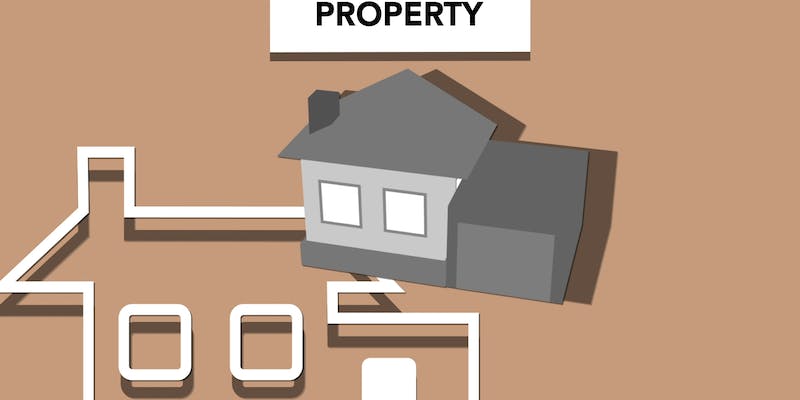
Dynamics of Supply and Demand in the Housing Market
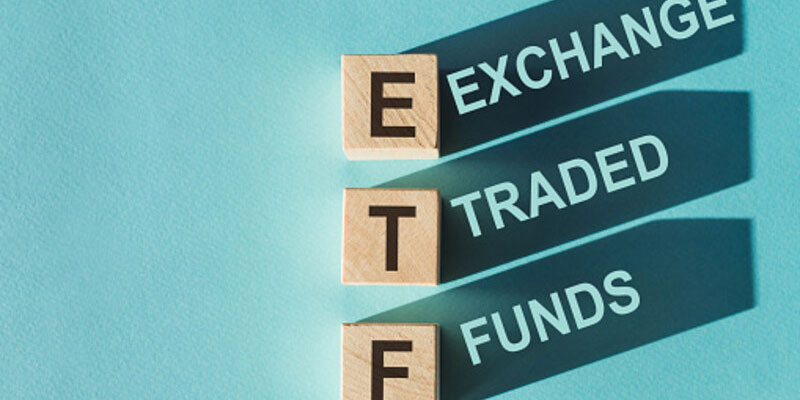
How to Choose Between an ETC and an ETF.
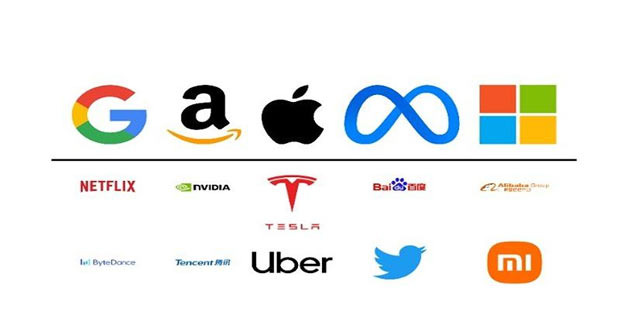
Benefits of Investing in Walmart

How to Read a Consumer Credit Report

What Is an Adjustable-Rate Mortgage (ARM)?

How to Calculate Adjusted Gross Income (AGI) for Tax Purposes

